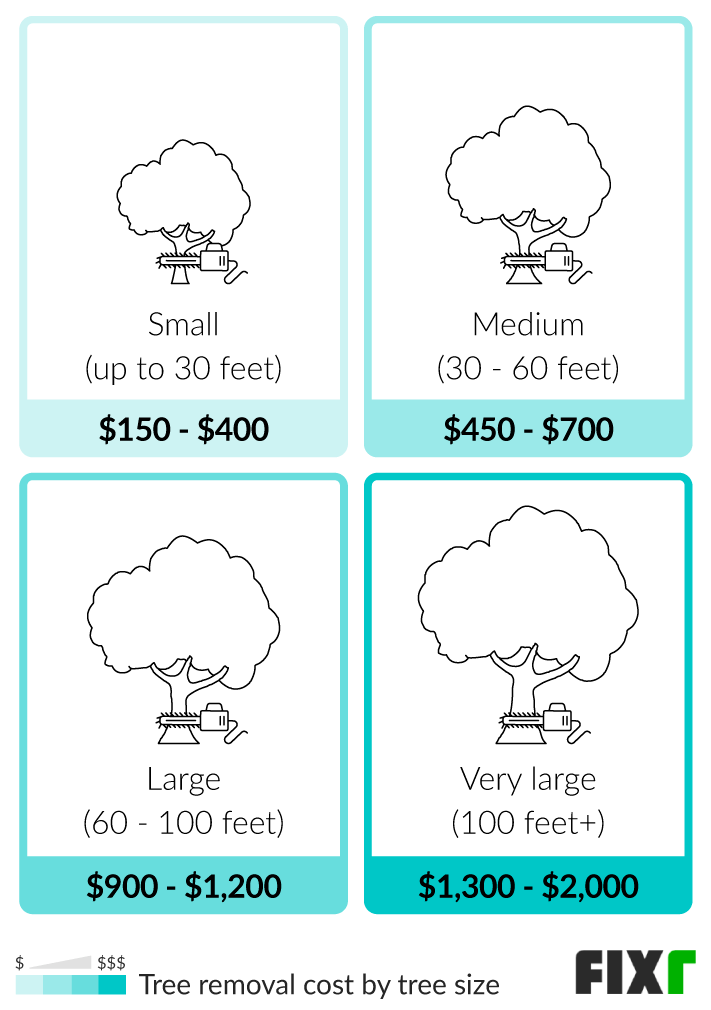Featured
Table of Contents
- – Nephi, UT Tree Trimming: Cost Variables
- – Understanding Tree Removal Costs In Nephi, UT
- – Additional Tree Removal Service Plans In Neph...
- – No-Obligation Stump Grinding Quotes In Nephi,...
- – Nephi, UT Tree Cutting Trade-In Programs: Costs
- – Tree Clearing Prices In Nephi, UT
- – Nephi, UT Arborist Service Contracts: Costs
- – Nephi, UT Stump Grinding Repair Prices
- – Getting Top Arborist Prices In Nephi, UT
- – Nephi, UT Stump Grinding Installation Cost G...
- – Nephi, UT Stump Grinding Cost Breakdown
- – Additional Tree Clearing Warranty Costs In N...
- – Nephi, UT Stump Removal Price Breakdown
- – Average Tree Trimming Costs In Nephi, UT
- – Common Tree Cutting Pricing In Nephi, UT

The subsections listed below supply more comprehensive info about pricing, including a typical range for each. TypeAverage Removal CostPineConiferPalmMagnoliaArborvitaeAshCedarSweet GumEucalyptusSycamoreCypressOakMaplePoplar You can expect to pay in between to eliminate a pine, depending upon its size. Eliminating a pine is among the more inexpensive tasks unless it is one that has actually been around for several years and is quite big.
Nephi, UT Tree Trimming: Cost Variables
Pines also have a tap root that grows deep into the soil, which can show to be harder to eliminate. The process itself involves an expert cutting the tree, clearing the base, cutting the surface area roots, removing the stump, and finally treating the soil. Without a professional hand, you risk leaving pine seedlings behind, which will fall from the roots of distressed pines.
Understanding Tree Removal Costs In Nephi, UT
The U.S. nationwide average for conifer removal is roughly to have the conifer reduced, transported away, and the stump ground or removed totally. Conifers are normally much easier to remove, and despite the fact that they can grow rather tall, they do not cost a fortune to eliminate. Conifers consist of pine, spruce, fir, and juniper trees.
Additional Tree Removal Service Plans In Nephi, UT
While conifers are lovely, they kill native plants and certain types of turf. This is due to the fact that they require a lot of water and nutrients to survive, so they leach it off surrounding plants. They also have an extensive network of roots, which can impact your home's structure. The average cost of palm removal depends upon the height as much as the type, ranging from.
No-Obligation Stump Grinding Quotes In Nephi, UT
That is why it is necessary to know which type you are getting rid of. While you do not require an herbicide to eliminate a palm tree, there are some actions your removal professional will have to take to ensure the job is done correctly. There are 2 ways they can eliminate them: by chopping them down or digging them up.
Nephi, UT Tree Cutting Trade-In Programs: Costs
This is due to the fact that small animals like rats and scorpions typically live in them. Plus, numerous types will have spikes, too. From there, they get rid of the real tree and after that the stump. Anticipate to pay between to eliminate this type of tree, depending upon the precise size and details of the job.
Tree Clearing Prices In Nephi, UT
There are three types: green, white, and black ash. White ash is known for its lots of colors. With its gray-tinged bark, its leaves are green or purple in the spring and golden yellow or purplish-red in the fall. They delight in moderate environments and lots of sun. The green ash is called such due to its green or yellow foliage.
Nephi, UT Arborist Service Contracts: Costs

The bark is softer, and it blooms later on in the year - tree clearing. Due to the variation in height, the elimination cost difference is large from. A coniferous, evergreen tree, the cedar is a hardy species. True cedars take pleasure in greater elevations, mainly in the Himalayas and the Mediterranean. A true cedar can grow as high as 160 feet in height and is often planted in the United States as a landscape option.
Nephi, UT Stump Grinding Repair Prices
The development of false cedars varies from 50 feet as much as 230 feet high. Homeowners may pay anywhere from, depending upon the roots. With star-shaped leaves and spectacular fall colors, the sweet gum is considered a medium to big tree. Enjoying full sun, the sweet gum can not tolerate contamination.
Getting Top Arborist Prices In Nephi, UT
It has a huge root base of 40 to 50 feet, which impacts the removal expense. Typically, it costs in between to get rid of a eucalyptus. Eucalyptus are not typical everywhere, however they are rather large compared to others, which is why even the smaller ones are so costly to remove. Originally from Australia, eucalyptus are invasive plants that grow in thick groves that get native plants.
Nephi, UT Stump Grinding Installation Cost Guide
There are a handful of ways to do this, consisting of burning, pulling, grinding, or killing them with herbicide. Anticipate to pay between to get rid of sycamores, based upon the height, trunk size, and amount of work included. Sycamores are one of the biggest wood trees, normally ranging from 60 to 100 feet tall and as large as 15 feet.
Nephi, UT Stump Grinding Cost Breakdown
The very first 2 steps will expose the insides of the tree and cut off the circulation of nutrients up the trunk. From there, a professional applies herbicide to kill the tree and cuts down the trunk.
Additional Tree Clearing Warranty Costs In Nephi, UT
There are several kinds of Cypress trees, but the most widespread are the Leyland, Arizona, Bald, and Italian. The Bald Cypress grows in swampy or extremely wet locations while the others delight in a dry, warm, or hot climate (tree clearing). They can grow as tall as 80 to 100 feet high
Nephi, UT Stump Removal Price Breakdown

Prone to diseases, the Cypress is among the most prized woods for furniture. The typical oak grows to around 60 feet, and depending on the complexity of the removal, it costs an average of to eliminate. The precise size of your oak and the effort required to fell it impact what you will in fact pay for elimination in addition to any extra services like stump grinding.
Average Tree Trimming Costs In Nephi, UT
Access to the trees and the roots will also affect the overall cost. Maples are typically among the more pricey trees to eliminate since of their size and the work involved in the elimination.
Common Tree Cutting Pricing In Nephi, UT
Growing as high as 90 to 115 feet, these massive woods are generally found in North America and consist of the aspen, cottonwood, and balsam trees. The procedure to remove trees involves all the cutting and cutting of the branches and trunk, bringing it down to a stump.
Table of Contents
- – Nephi, UT Tree Trimming: Cost Variables
- – Understanding Tree Removal Costs In Nephi, UT
- – Additional Tree Removal Service Plans In Neph...
- – No-Obligation Stump Grinding Quotes In Nephi,...
- – Nephi, UT Tree Cutting Trade-In Programs: Costs
- – Tree Clearing Prices In Nephi, UT
- – Nephi, UT Arborist Service Contracts: Costs
- – Nephi, UT Stump Grinding Repair Prices
- – Getting Top Arborist Prices In Nephi, UT
- – Nephi, UT Stump Grinding Installation Cost G...
- – Nephi, UT Stump Grinding Cost Breakdown
- – Additional Tree Clearing Warranty Costs In N...
- – Nephi, UT Stump Removal Price Breakdown
- – Average Tree Trimming Costs In Nephi, UT
- – Common Tree Cutting Pricing In Nephi, UT
Latest Posts
Best Tree Removal Reviews In Nephi, UT
Dumont, NJ Stump Removal Upgrade Costs
Pharr, TX Stump Grinding No Hidden Fees
More
Latest Posts
Best Tree Removal Reviews In Nephi, UT
Dumont, NJ Stump Removal Upgrade Costs
Pharr, TX Stump Grinding No Hidden Fees